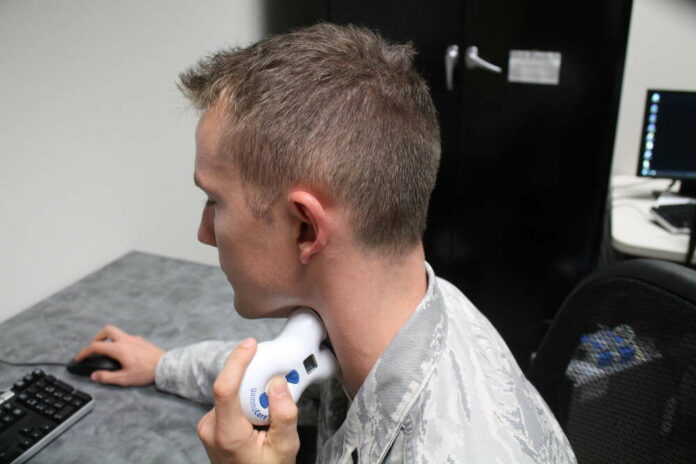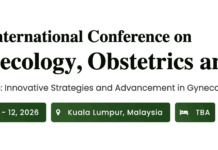Electric stimulation of the vagus nerve fights off sleep deprivation and reduces a decrease in alertness and cognitive tasks.
Ever relied on coffee to stay up and cram for that final exam, or finish an assignment before the deadline, or maybe even finish a midnight shift at work? Well, you’re not alone. The world consumes around 2 billion cups of coffee daily. Labelled as the second most popular drink in the world, coffee is largely consumed due to its caffeine content. Caffeine is one of the major stimulants used to counter the effects of sleep deprivation. However, the benefits of caffeine lower down with chronic consumption. So, could the answer to sleep deprivation lie in vagus nerve stimulation?
According to the US Center for Disease Control and Prevention (CDC), an adult requires an average of 7 hours of sleep per night. It is estimated that 1 in 3 adults do not get adequate sleep. Thus, resulting in fatigue, poor decision making, slowed reflexes, decreased attention, and changes in mood. Although multiple options exist to fight off this fatigue, most countermeasures come with side-effects or stop being effective after a while.
Previous research has shown that stimulation of locus coeruleus (LC), an area located in the brainstem, can enhance one’s wakefulness, memory retention, and counter the effects of sleep deprivation. Furthermore, transcranial direct current stimulation (tDCS) has shown promise as a possible method of activating the LC. Therefore, a team of researchers at Infoscitex Corporation and Air Force Research Laboratory investigated the use of vagus nerve stimulation as a fatigue countermeasure.
34 Hours Later
The team recruited 40 US Air Force staff members and asked them to stay awake for 34 hours. Researchers then randomly assigned them to an electrical stimulation group or a control group. The stimulation group used the gammaCore device to send small amounts of electrical pulses to the nerve by placing it against the neck. On the other hand, the control group used an identical device that produced similar vibrations but did not deliver any current.
The participants completed four cognitive task sets and answered questionnaires during the study. They also used the device to send 25 Hz pulses through the skin for four 2-minute sets each.
12 hours after the stimulation, the placebo group demonstrated a greater decrease in multitasking performance; 15% as compared to just 5% in the stimulation group. Furthermore, researchers noted significant differences in fatigue and performance among the two groups, 21 to 31 hours after stimulation.
At 7 AM, when people’s performance would naturally start to decline because they are in a circadian trough, we found that people receiving the active cVNS had significantly better multitasking ability, arousal level and they also reported feeling less fatigued and more energetic
Lindsey K. McIntire, lead author
The results of the study provide evidence for how stimulation of the vagus nerve can trigger the LC area in the brain. However, the small sample size of the study is a limitation. Therefore, further research is required to study how stimulation of different branches of the vagus never can counter the effects of fatigue.
Reference:
McIntire, LK, McKinley, RA, Goodyear, C et al. Cervical transcutaneous vagal nerve stimulation (ctVNS) improves human cognitive performance under sleep deprivation stress. Communications Biology. 2021;4(634). doi: 10.1038/s42003-021-02145-7
McIntire LK, McKinley RA, Goodyear C, Nelson J. A comparison of the effects of transcranial direct current stimulation and caffeine on vigilance and cognitive performance during extended wakefulness. Brain Stimul. 2014 Jul-Aug;7(4):499-507. doi: 10.1016/j.brs.2014.04.008. Epub 2014 May 9. PMID: 25047826.




